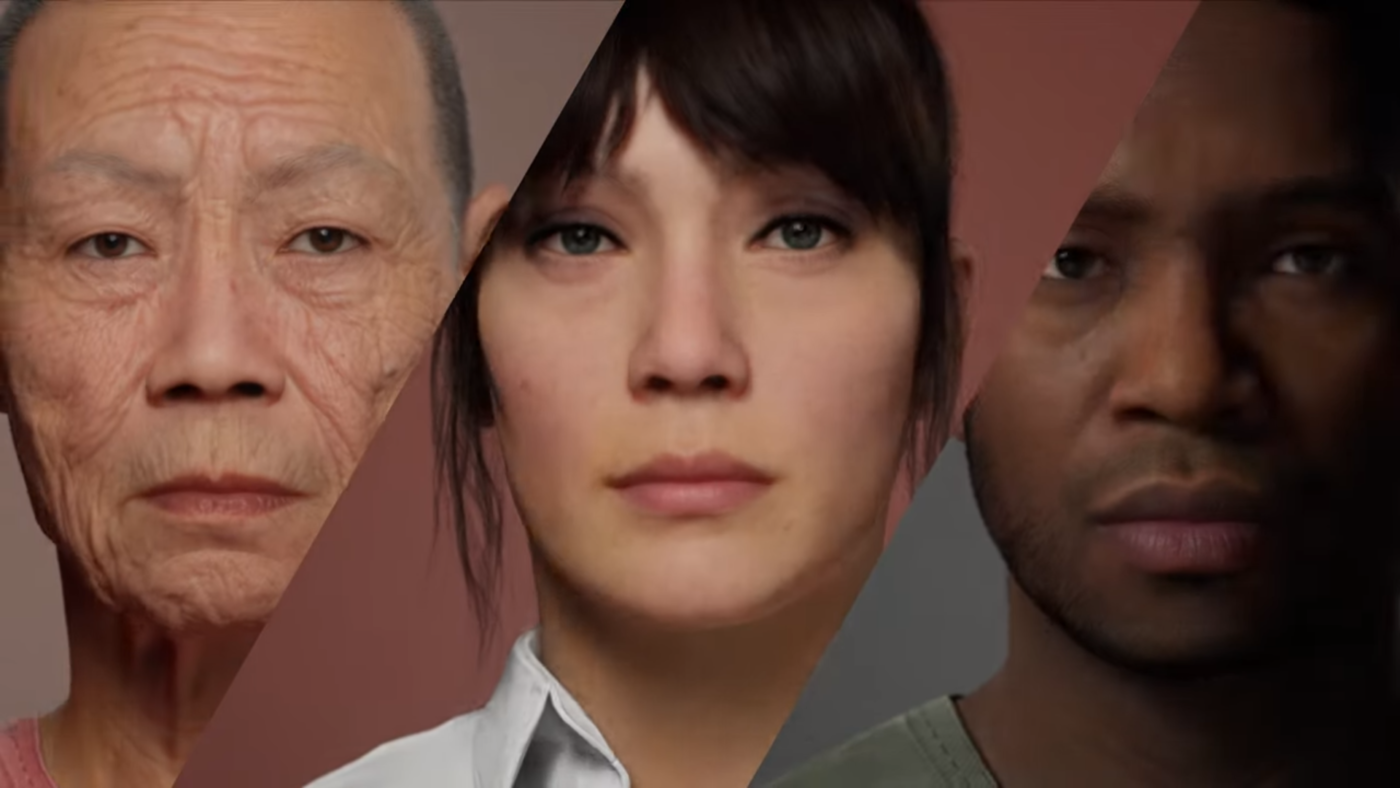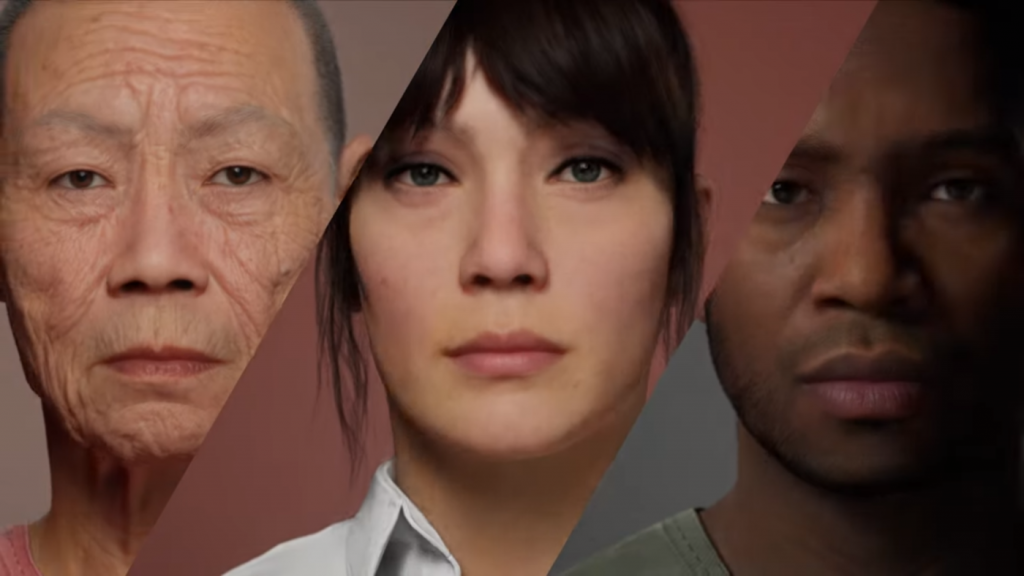In the midst of a surprisingly busy week for gaming news, you may have missed Epic Games’ surprise demo for an early access design tool called Metahuman. I highly recommend you check out the full demo trailer if you haven’t already.
The first thing you need to know about the Metahuman demo is that the technology itself isn’t necessarily a tremendous leap forward in pure graphics or visual design. It’s stunning and will no doubt eventually benefit from Unreal Engine 5, but what Epic’s showing off with this demo isn’t necessarily the kind of thing that’s supposed to blow gamers away and send them out in the streets to beat down the doors for new graphics cards.
No, the big deal here is actually the “accessibility” of Metahuman. Not only does Metahuman make it easier to design characters that look this good via a series of smart tools and optimizations, but as a tool delivered through the cloud, it should be more viable for studios of various sizes. Previously, the ability to make characters that look this real was largely limited to developers with the resources to invest in extensive motion capturing.
Metahuman has a long way to go before it’s ready for the mass market and quite a longer way to go before it becomes the industry standard. To be honest, though, I kind of hope that we never really get to that point.
It’s a fantastic idea to make this kind of technology more accessible for developers big and small. From Death Stranding to The Last of Us Part 2, realistic visuals are typically used to help chart the evolution of video game technology. There are just some games that wouldn’t be the same if they didn’t feature that visual style, and there are many developers who have to devote too many resources to making that style a reality.
However, the fact of the matter is that there are many other games that don’t demand that visual style. Undertale, for instance, would look odd with realistic characters. Nobody wants to see a realistic Mario in a Nintendo game. Even Grand Theft Auto typically demands a level of cartoonish artistic design that helps give the series its character.
The problem is that the evolution in Triple-A gaming visuals over the years has made it clear that more and more developers are pursuing increasingly realistic graphics. The cultural evolution of the medium tends to suggest that there’s a growing expectation among gamers that the most advanced games feature this visual style. That’s especially true among mainstream gamers that typically stick to titles like Madden NFL and Call of Duty that practically embody this style.
Ideally, making the tools required to better render those visuals helps those who were planning on utilizing them anyway, but the history of gaming (and other mediums) has proven that there’s actually a creative value to forcing artists to navigate certain restrictions.
One of the best examples of that concept is the evolution of handheld gaming. In the age of the Game Boy Advance and Nintendo DS, handheld game devices were able to offer unique experiences you couldn’t get on consoles. They typically fell short when it came to replicating console titles but they allowed developers a medium to pursue additional experiences. They also gave companies like Nintendo a venue to keep 2D games alive at a time when everyone was craving 3D titles.
There’s a very real worry that any major weapons added to the video game arms race could make hand-drawn visuals, rich color palettes, and, yes, even 2D gaming, even more of a novelty than they currently are.
While there’s probably not much that Epic can do to stop that, and it’s not as if Metahuman is somehow going to kill various visual expressions, the growth of the kind of visuals we see in the Metahuman trailer is currently being held back by artistic preference, budget, and time. When the impact of two of those factors is removed or diminished…well, we’re going to have to wait and see what happens.





